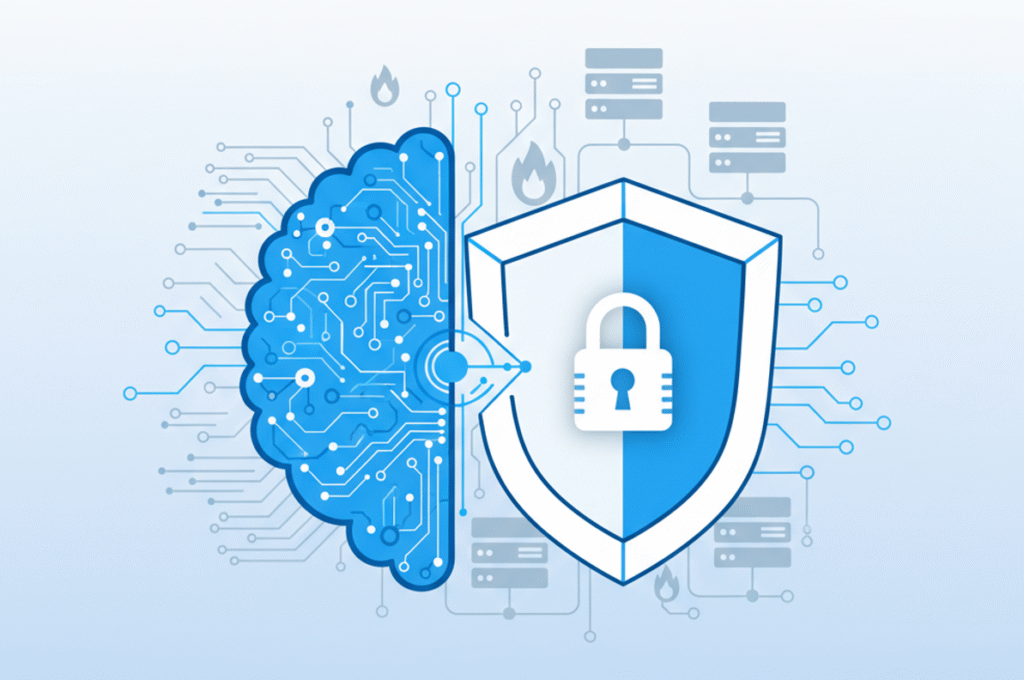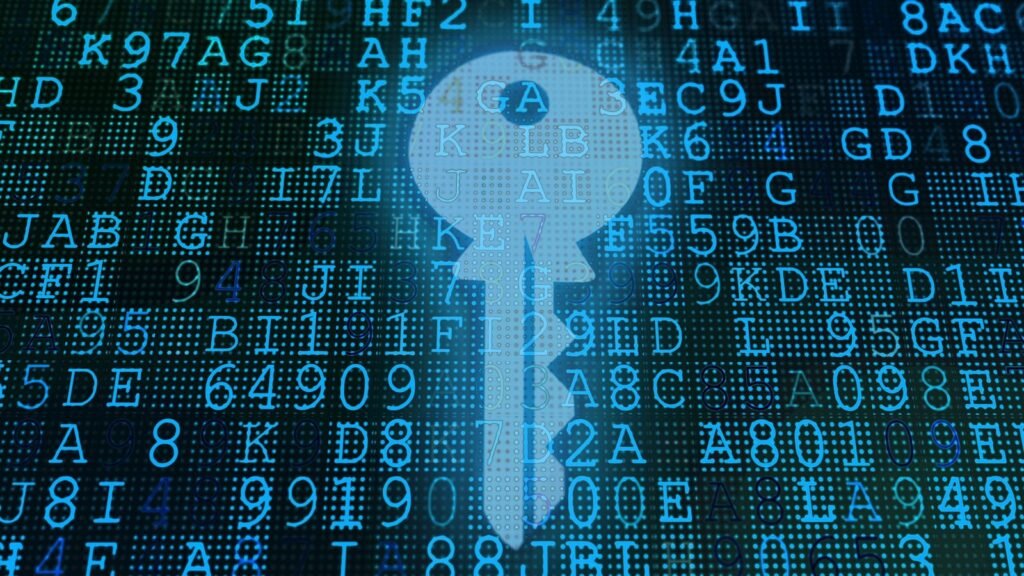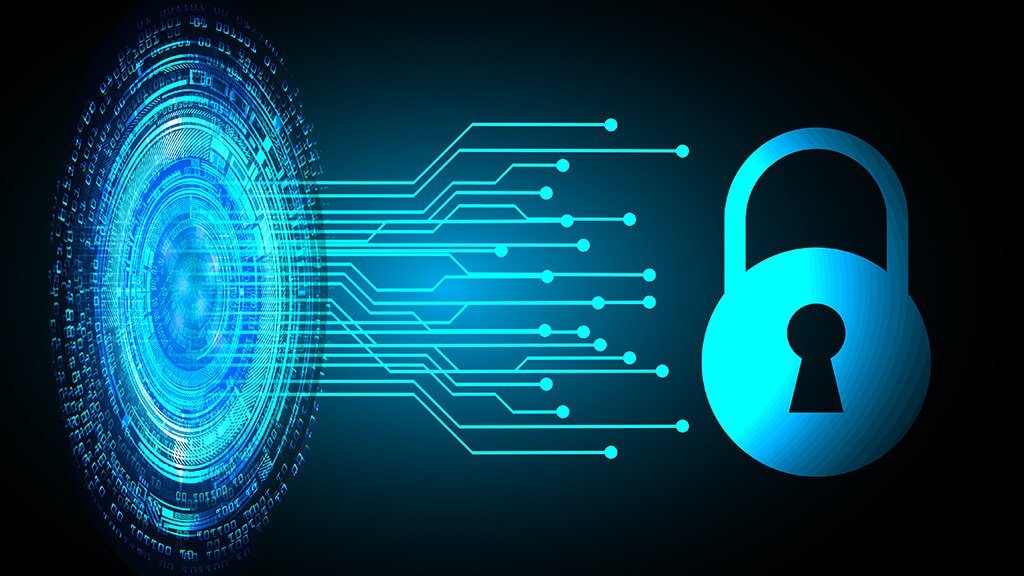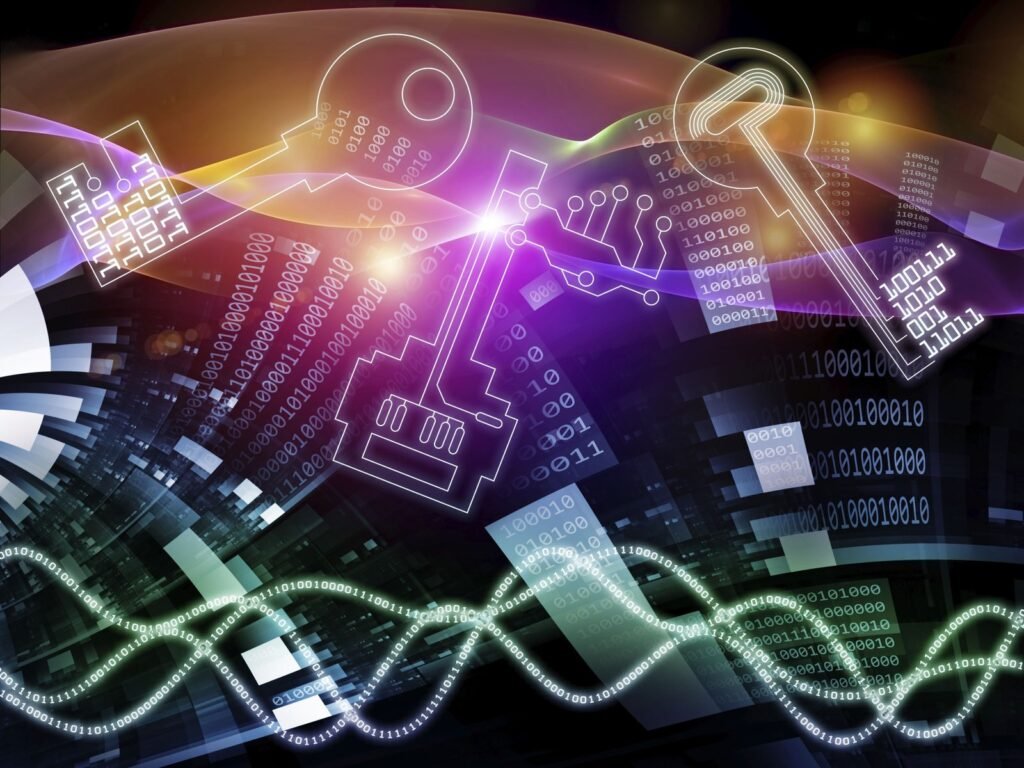Digital forensics is a beacon of truth, unraveling the mysteries of cyber incidents and breaches. This comprehensive exploration delves into the intricate world of digital forensics, uncovering ten pivotal aspects that equip professionals to meticulously investigate and analyze digital evidence, ensuring justice is served, and vulnerabilities are exposed.
-
Digital Evidence Collection and Preservation: The Art of Securing Clues
The journey of digital forensics starts with collecting and preserving evidence. Properly securing digital artifacts is crucial to ensuring the evidence remains untainted, allowing investigators to uncover the truth behind incidents.
-
Chain of Custody and Handling of Digital Evidence: Safeguarding Integrity
Maintaining the chain of custody is essential for preserving the integrity of digital evidence. Adhering to strict protocols ensures evidence remains untampered from collection to its presentation in court.
-
Data Recovery and Analysis: Unearthing the Past
Data recovery and analysis lie at the core of digital forensics. Investigators retrieve deleted or hidden data to reconstruct timelines, identify patterns, and understand the events leading up to an incident.
-
Memory Forensics: Peering into the Mind of Systems
Memory forensics involves analyzing the volatile memory of a system to uncover active processes, user activities, and potential malware. This technique provides insights into ongoing attacks and potential breaches.
-
Mobile Device Forensics: Decoding the Mobile Landscape
Mobile device forensics is vital as mobile devices store vast amounts of sensitive information. Investigators analyze mobile devices to retrieve data, messages, and application interactions for use in investigations.
-
Network Forensics and Packet Analysis: Decrypting Network Conversations
Network forensics involves capturing and analyzing network traffic to understand communication patterns, detect anomalies, and identify potential threats or data breaches.
-
Legal and Ethical Considerations in Digital Forensics: Navigating the Legal Maze
Digital forensics is conducted within a legal and ethical framework. Professionals must adhere to laws, regulations, and ethical guidelines while handling evidence and conducting investigations.
-
Incident Response and Forensics Integration: Converging Paths for Swift Resolution
Digital forensics plays a pivotal role in incident response. Integrating forensics into incident response processes allows organizations to identify the root causes of incidents, understand their impact, and apply remediation measures effectively.
-
Expert Witness Testimony in Digital Forensics: The Art of Persuasion
Digital forensics professionals often serve as expert witnesses in legal proceedings. Compelling testimony requires technical expertise and the ability to clearly communicate complex concepts to non-technical audiences.
-
Case Studies in Digital Forensics Investigations: Real-Life Lessons
Learning from real-life examples is invaluable in the world of digital forensics. Case studies provide insights into different types of incidents, investigation methodologies, and lessons learned from each scenario.
Conclusion
In a digital age where cyber incidents are the new norm, digital forensics is the cornerstone of truth and accountability. By mastering these ten integral facets, digital forensics professionals unveil hidden narratives, expose vulnerabilities, and navigate the complex terrain of cyber investigations. Each aspect contributes to an expansive digital forensics ecosystem, from preserving evidence to presenting findings in court. By embracing these practices, professionals uphold justice, safeguard digital landscapes, and ensure that the secrets of the digital realm are laid bare for all to see.





